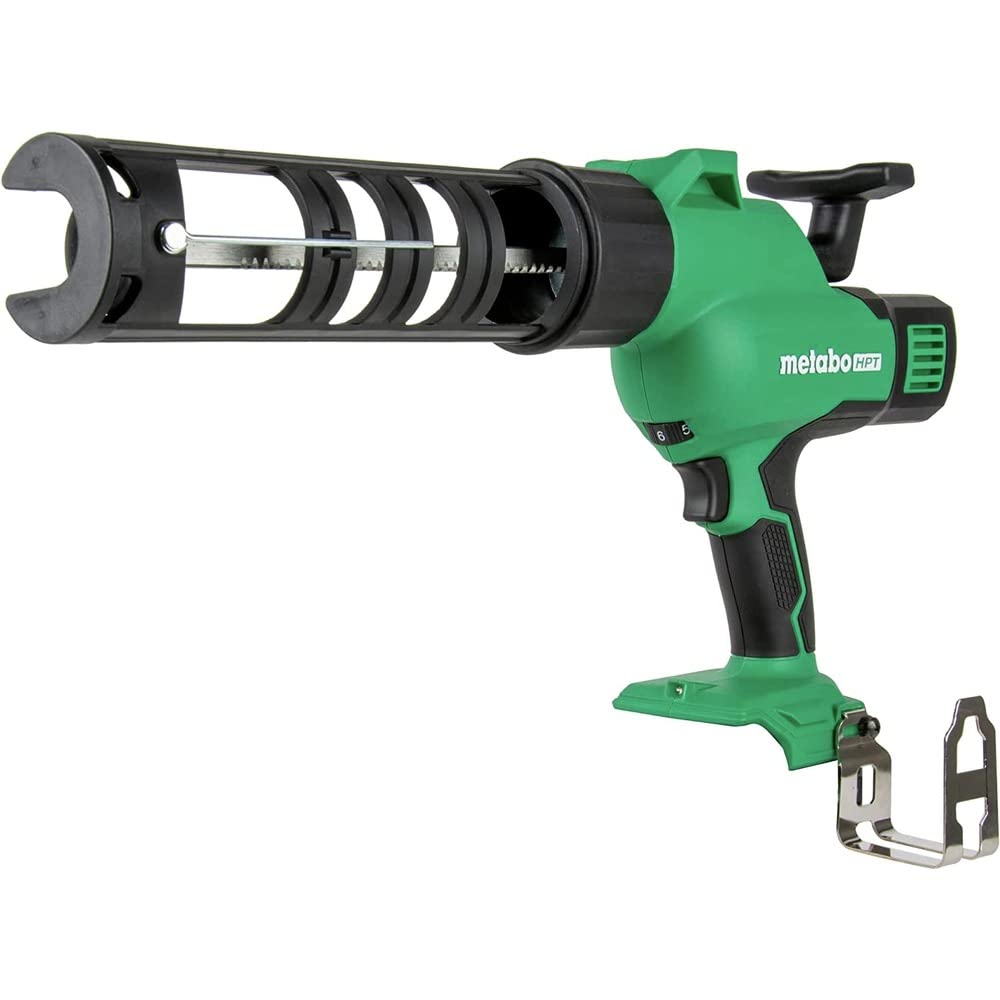Pocket Screws: A Cornerstone in Carpentry and DIY Projects
Pocket screws are a popular choice for woodworkers, both professional and amateur, due to their simplicity and strength. The pocket hole joint involves drilling an angled hole in one piece of wood and joining it to another with screws. This technique offers a solution for creating strong, hidden joints quickly, fostering clean-looking assembly in various woodworking projects.
Origin and Evolution
The concept of pocket hole joinery dates back centuries, though it gained significant traction in the late 20th century. The advent of specialized jigs and systems, like those offered by Kreg, revolutionized the ease and precision of creating pocket holes. Modern woodworking kits have refined the process, allowing for swift, repeatable quality across projects.
Advantages of Pocket Screws
Pocket screws provide numerous advantages. Firstly, they eliminate the need for complex joinery, making them user-friendly for beginners. The angle of the screws ensures the pieces of wood are pulled tightly together, producing a strong joint. They also require minimal clamping and no waiting time for glue to dry, making them ideal for quick builds.
Applications in Woodworking
- Furniture Assembly: Pocket screws are frequently used in furniture construction. The joints are strong enough to support weight, making them suitable for tables, chairs, and cabinets.
- Trim and Molding: These screws help attach trim and molding discreetly. The angled design allows for smooth, flush finishes.
- Repair Work: Repairing damaged furniture or structures is simplified with pocket screws, often allowing for invisible reinforcements.
- Frame Construction: Frames for projects like bed frames, picture frames, or door frames often utilize pocket screws for their strength.
Tools and Techniques
Successful use of pocket screws requires a jig. Jigs guide the drill bit at the correct angle and depth into the workpiece. Many jigs are adjustable for different wood thicknesses. The basic setup includes a clamp, the jig itself, a drill bit with a stop collar, and the screws. Utilizing an appropriate drill and driver set ensures accurate results.
To drill a pocket hole, secure the jig to the workpiece. The jig’s design typically includes a clamping mechanism, ensuring the wood stays in place. Set the drill to the proper depth using a stop collar. This prevents over-drilling, which could weaken the joint. After drilling, the screws are driven through the hole to join the wood pieces tightly.
Choosing the Right Screws
Not all screws are suitable for pocket hole joinery. Pocket screws often have smaller heads to avoid splitting the wood. The threads are designed for optimal grip without damaging the workpiece. There are two primary types:
- Coarse-thread: Best for softer woods like pine or plywood.
- Fine-thread: Ideal for harder woods such as oak or maple.
Length is another key factor when selecting screws. The length should penetrate the adjoining piece of wood sufficiently without causing damage. Using a screw longer than necessary can break through the surface, while a short screw might not provide a secure joint.
Considerations for Use
- Wood Thickness: Adjust the jig and bit for the specific thickness of the wood being joined.
- Screw Length: Choose a screw that is proportional to the combined thickness of the two pieces.
- Material Type: Match screw threads to wood type (coarse for softwoods, fine for hardwoods).
- Angle Accuracy: The jig ensures an accurate drill angle, essential for strong joints.
Common Mistakes and How to Avoid Them
One frequent mistake is misaligning the jig, leading to improperly angled holes. This oversight weakens the joint. Double-checking jig alignment before drilling can prevent this. Another issue arises from using incorrect screw lengths. The wrong screw can lead to breakout on the other side of the wood. Always measure and choose screw length carefully.
Over-tightening the screws is another potential error, which can strip the wood or ruin the joint’s integrity. Using a drill with a torque setting helps control this aspect. Remember that wood type affects the tension needed—softer woods require less.
Advanced Tips
For those looking to perfect their pocket hole joinery, practice is key. Test on scrap pieces of wood to refine technique. When working with larger projects, consider using a variable-speed drill to better control the depth and angle of pocket screws. For aesthetic concerns, use wood plugs or fillers to conceal the pocket holes.
Additionally, implementing a dust collection system when drilling can improve visibility and accuracy. Regularly checking the drill bit sharpness also ensures clean pocket holes, which is crucial for producing solid joints.
Innovations and Future Trends
As technology advances, so do the tools used in pocket hole joinery. Electric and automated jigs are becoming more common, increasing precision and speed. The integration of smart technology allows customized settings and consistency across repeated uses. As sustainability concerns grow, eco-friendly materials and practices are being incorporated.
One potential trend is the increased use of alternative materials beyond wood, such as composites, requiring adaptation in screw design and material. Workshops are also becoming more compact and efficient, influenced by minimalist approaches that still prioritize functionality and strength.
Pocket screw methodology continues to evolve, reflecting changes in materials, technology, and consumer demands. Its fundamental principles remain steadfast, offering flexibility, simplicity, and strength to woodworking projects.
